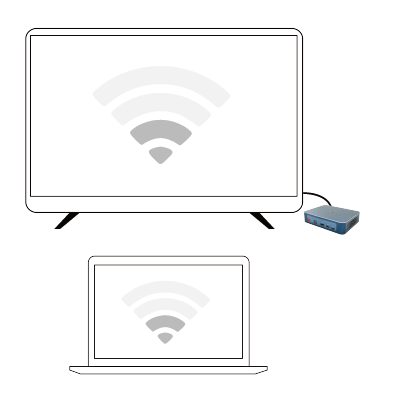
AV interface:
The AV interface was one of the earliest interfaces to achieve audio and video separation, consisting of red, white, and yellow lines. The yellow line represents the video transmission line, while the red and white lines are responsible for the sound transmission of the left and right channels.
VGA interface:
VGA (Video Graphics Array) is an interface for transmitting analog signals to display devices, and I believe most people are exposed to it on computer monitors. Since the era of CRT displays, VGA interfaces have been used and have been in use ever since.
HDMI接口:
HDMI接口可以说是高清数字时代的必备接口,不仅可以满足全高清1080p的分辨率,还能支持DVD Audio等数字音频格式。HDMI的设备具有即插即用的特点,最远可传输15米,可谓方便而又强大。
Fiber optic audio interface:
The fiber optic audio interface TosLink, also known as Toshiba Link, is a technical standard developed and established earlier by Toshiba in Japan. It is labeled Optical on the back panel of audiovisual equipment. The optical audio interface not only has absolute optimization functions for images, but also for audio.
USB interface:
Although many flat screen TVs are equipped with USB ports, the functions that can be achieved by connecting storage devices are not quite the same. Some TVs only support image playback, while others can achieve high-definition video and music file playback.
LAN network interface:
With the continuous deepening of the internet, our daily life has become closely related to the internet. Without the internet, it seems that we are somewhat disconnected from the world. Therefore, currently, most flat panel TVs are equipped with LAN network interfaces, and the commonly seen interface on TVs is the RJ-45 interface, commonly known as the “crystal head”.

Displayport interface:
DisplayPort is an interface specification approved by the Video Electronics Standards Association (VESA). DisplayPort does not require any copyright fees and aims to surpass DVI and HDMI interface technologies in several fields. DisplayPort utilizes the electrical layer of PCI Express, which currently operates at a speed of 2.5Gbps, and can obtain a total bandwidth of up to 10.8Gbps for four channels. DisplayPort will add support for high-definition audio signal transmission while transmitting video signals, while also supporting higher resolution and refresh rate.
S-terminal interface:
Chromaticity and brightness are separated. The full name of the S terminal is Separate Video, and the S-Video connection specification is a specification developed by the Japanese. S refers to “Separate”, which separates brightness and chromaticity for output, avoiding interference between brightness and chromaticity when outputting mixed video signals. The S terminal is actually a five core interface consisting of five core wires, including two video brightness signals, two video chromaticity signals, and one common shielding ground wire.
Differential component interface:
The color difference component interface adopts two identifiers: YPbPr and YCbCr. The former represents progressive scanning color difference output, while the latter represents interlaced scanning color difference output. Simply put, compared to AV and S terminals, color difference divides the signal into three primary colors for input: red, green, and blue.